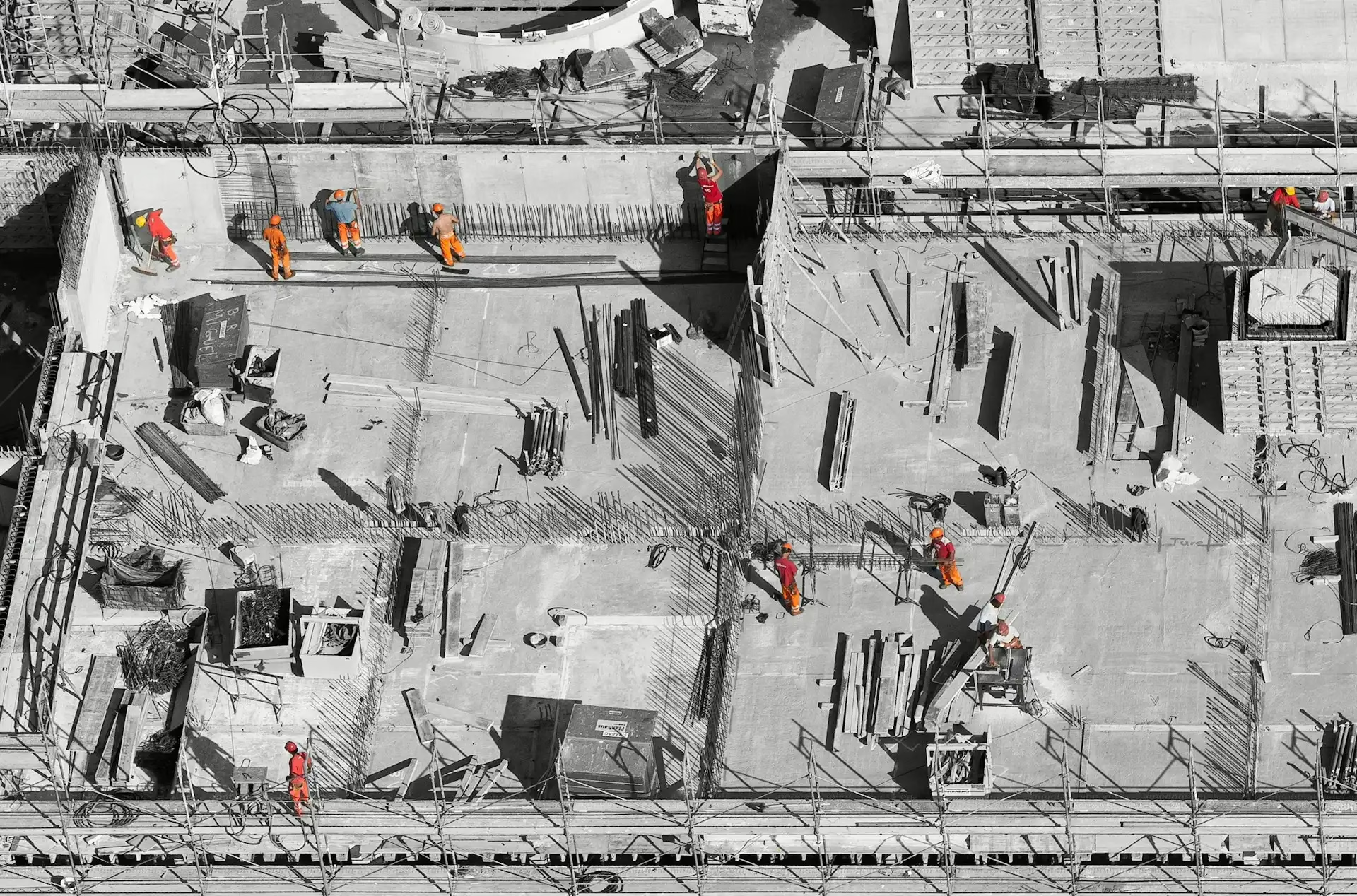Effective financial management is the backbone of success in today’s competitive construction industry. Beyond simple bookkeeping and tax preparation, it involves a strategic, comprehensive approach to handling every dollar—from precise project pricing and detailed cost estimation to proactive budgeting, forecasting, and cash flow management. This article delves into the essential components of construction financial management, illustrating how integrating these practices safeguards your company’s assets, drives growth, secures funding for expansion, and supports long-term profitability. By aligning your financial strategy with your operational goals, you can ensure every project lays a stronger foundation for future success.
Overview of Construction Financial Management
For construction companies, managing finances is about much more than just crunching numbers or handling taxes and bookkeeping. It is about taking a strategic approach to managing money—focusing on growing your business, securing funding for expansion, and reinvesting profits to generate additional income. This broader perspective ensures that every financial decision supports your daily operations and long-term goals.
A strong financial management strategy can set your projects up for success. It all starts with pricing each project correctly from the get-go. Instead of relying solely on basic bookkeeping and tax prep, you need to detail your costs to set a price that works for you. By keeping track of progress through job costing and managing cash flow—especially for large projects with delayed payments like long-term government contracts—you are laying the financial foundation that helps your projects thrive.
Budgeting, Forecasting, and Cash Flow Management
Effective budgeting in construction financial management really starts by setting a clear profit target instead of just focusing on revenue. When you know exactly how much profit you want by the end of the year, you can work backward to figure out the revenue needed and then allocate your funds accordingly. This approach helps ensure that your budgeting process perfectly aligns with your business’s financial goals.
Forecasting in construction financial management starts with your profit goal but takes a slightly different approach. When preparing forecasts—especially if you are seeking funding—you typically project a specific growth rate, like a 10% increase in revenue for the coming year. In practice, you adjust your revenue figures for the expected growth and then forecast related financial metrics, creating a realistic roadmap for achieving your profit targets.
When managing cash flow, it is essential to remember that every payment you receive includes a portion—based on your gross margin—that is reserved for direct project costs like suppliers, subcontractors, labor, and equipment rentals. Set aside that percentage right away to cover these expenses. And when it comes to prioritizing your payments, take care of the essential costs that keep your business running, such as rent or critical services, before addressing less urgent obligations like loans, which can usually be delayed for a short time.
Cost Estimation, Control, and Financial Reporting
Estimating job costs can be challenging at first, but it gets easier with experience. The trick is documenting every step—from visiting the job site and ordering materials to setting up, consulting with the client, and completing the work. By breaking down each phase, you can pinpoint all the expenses, such as materials, labor, subcontractor fees, and other direct costs.
This detailed approach helps you accurately forecast the total cost and then add the right markup to arrive at the final price for your customer.
One smart way to control costs in construction is to take advantage of strong cash flow by purchasing inventory in bulk, which can lower the per-unit cost of parts. But even more critical is clearly understanding your costs—knowing precisely what you pay for materials, subcontractors, and labor. This insight lets you build these expenses into your estimates and set prices that fully cover your costs, ensuring your projects stay profitable.
Financing, Compliance, and Risk Management
Keeping your company’s finances healthy means setting up strong internal controls—essentially, putting processes in place that protect your cash and assets. For instance, it is common to have one person handle opening and recording incoming checks while another is responsible for making the deposits. This split in responsibilities creates a natural system of checks and balances, reducing the chance of mistakes or fraud and ensuring that every dollar is properly accounted for and secure.
Conclusion
Mastering construction financial management is more than just a numbers game—it is about building a robust foundation for long-term success. Implementing strategic pricing, diligent budgeting, and precise forecasting ensures that every project contributes to a secure financial future. Embracing detailed cost estimation and rigorous cash flow management minimizes risks and profitability, allowing your business to thrive even in a competitive market. Ultimately, a proactive approach to financial management is the cornerstone that supports sustainable growth, empowering your company to navigate challenges with confidence and seize new expansion opportunities.


